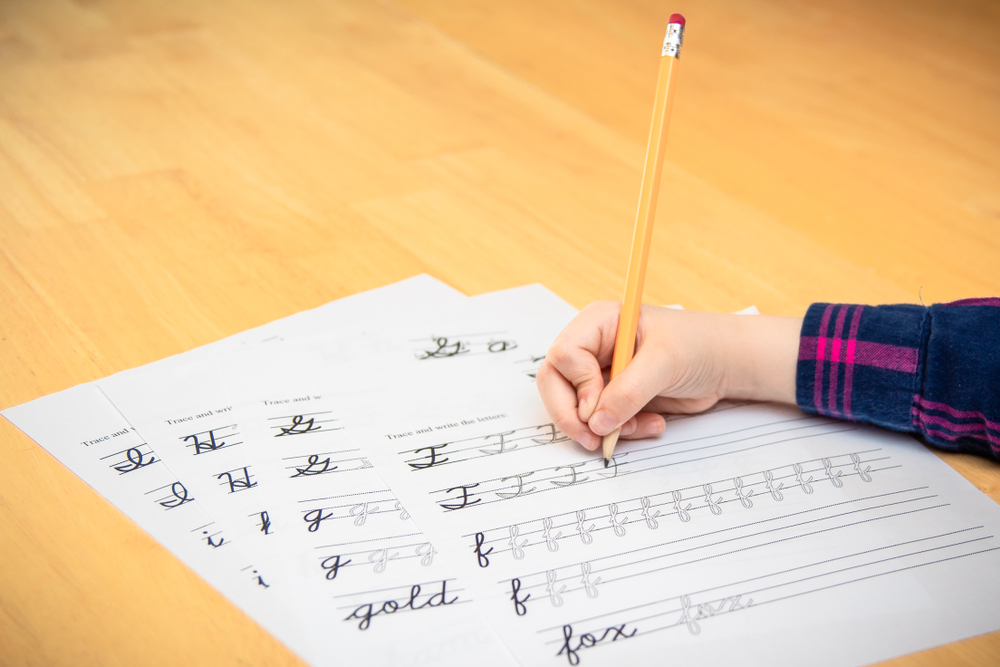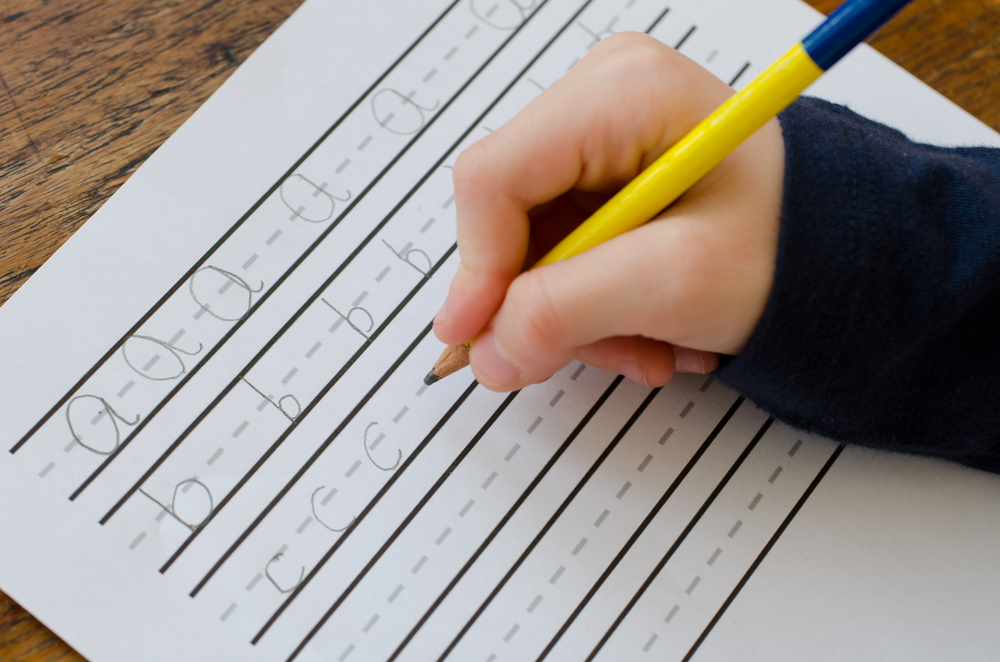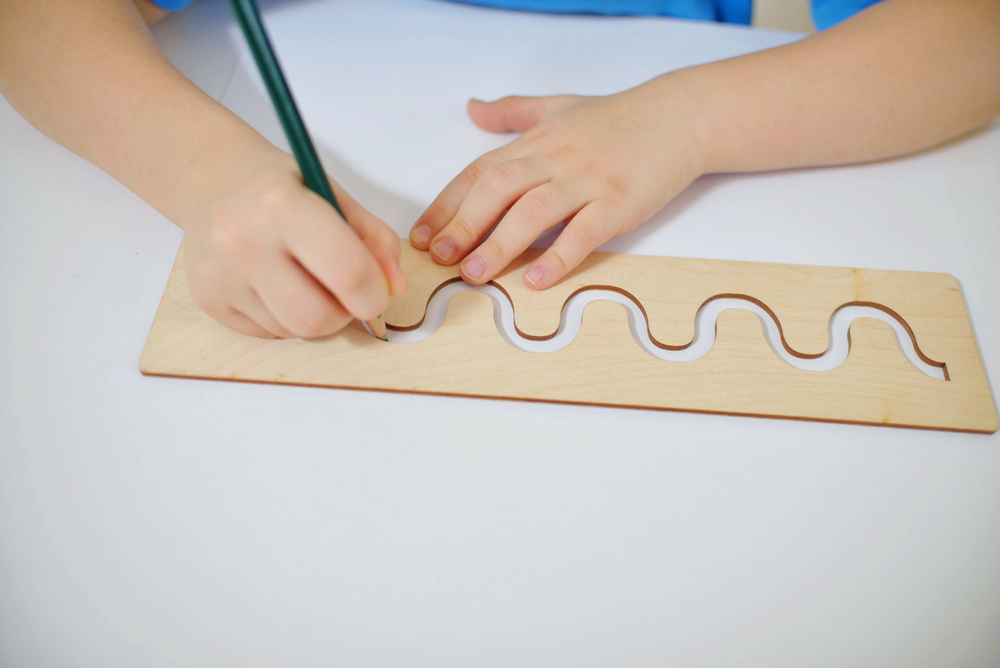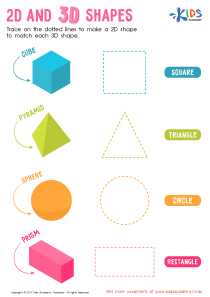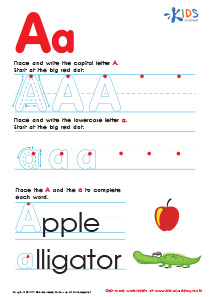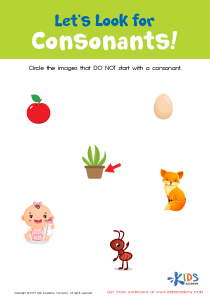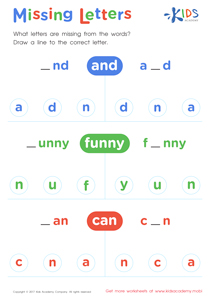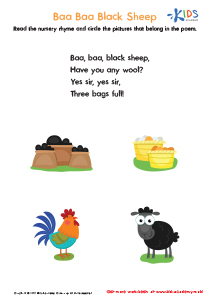Extra Challenge Tracing Letters Worksheets for Ages 5-6
10 filtered results
-
From - To
Unveil the gateway to mastering the alphabet with our "Extra Challenge Tracing Letters for Ages 5-6" worksheets. Specially designed to captivate young minds, these worksheets blend entertainment with education, offering a unique challenge that goes beyond traditional tracing exercises. Each sheet intricately guides children through the intricacies of both uppercase and lowercase letters, refining fine motor skills while reinforcing letter recognition. Perfect for kids ready to take their pre-writing skills up a notch, this collection promises to engage, challenge, and delight. Embrace the adventure of learning with our Extra Challenge Tracing Letters worksheets, where every stroke marks the path to literacy success.
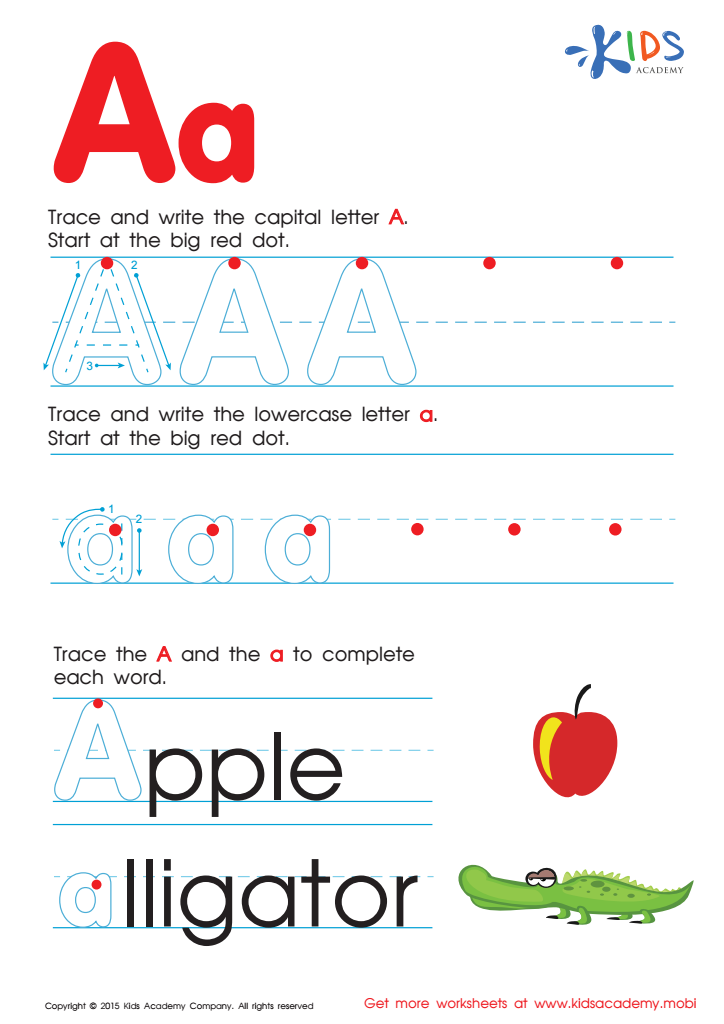

Letter A Tracing Page
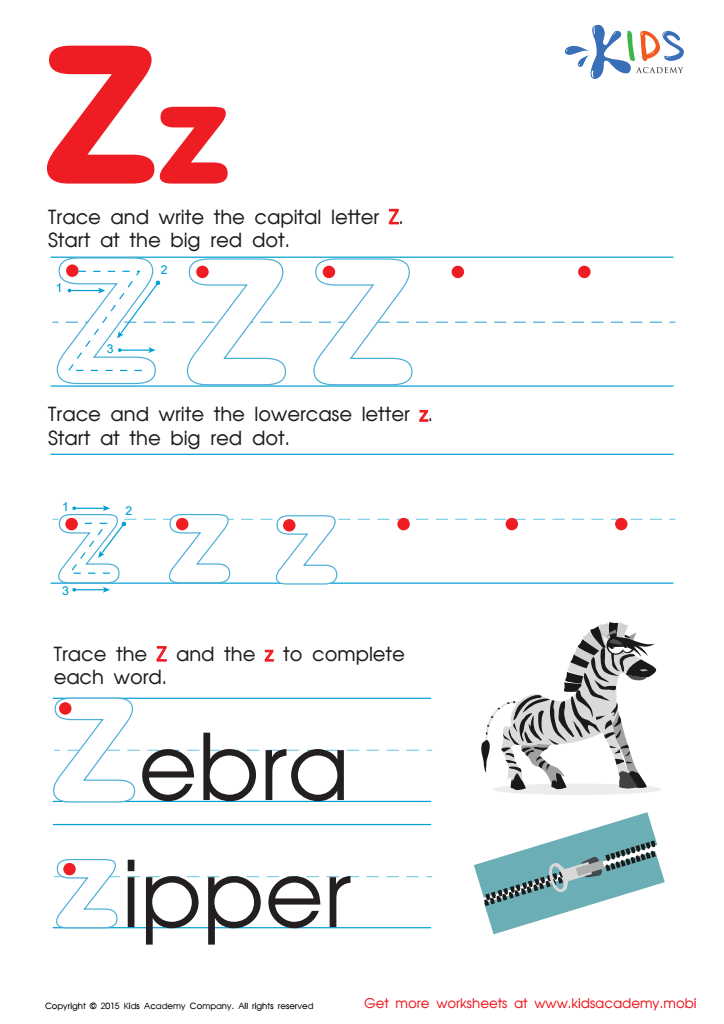

Letter Z Tracing Page
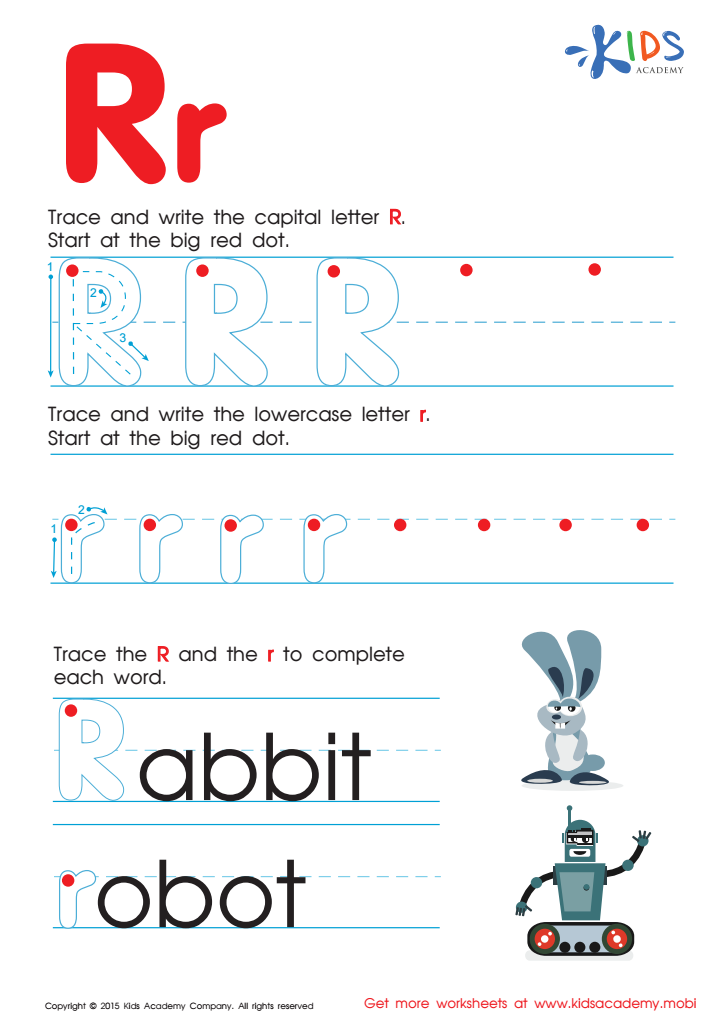

Letter R Tracing Page
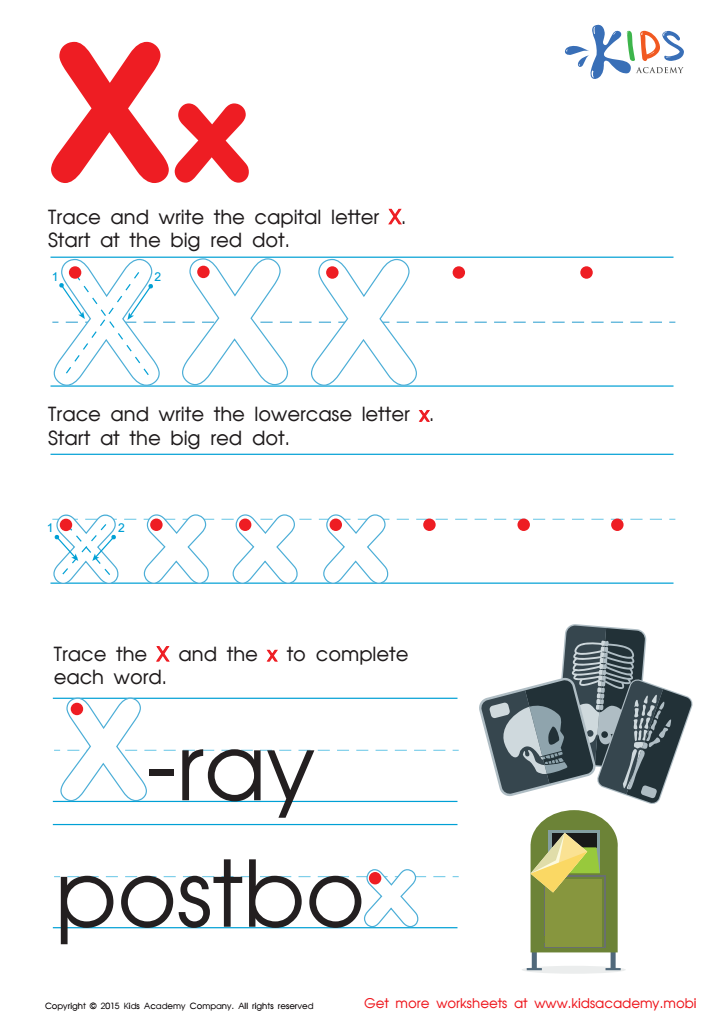

Letter X Tracing Page
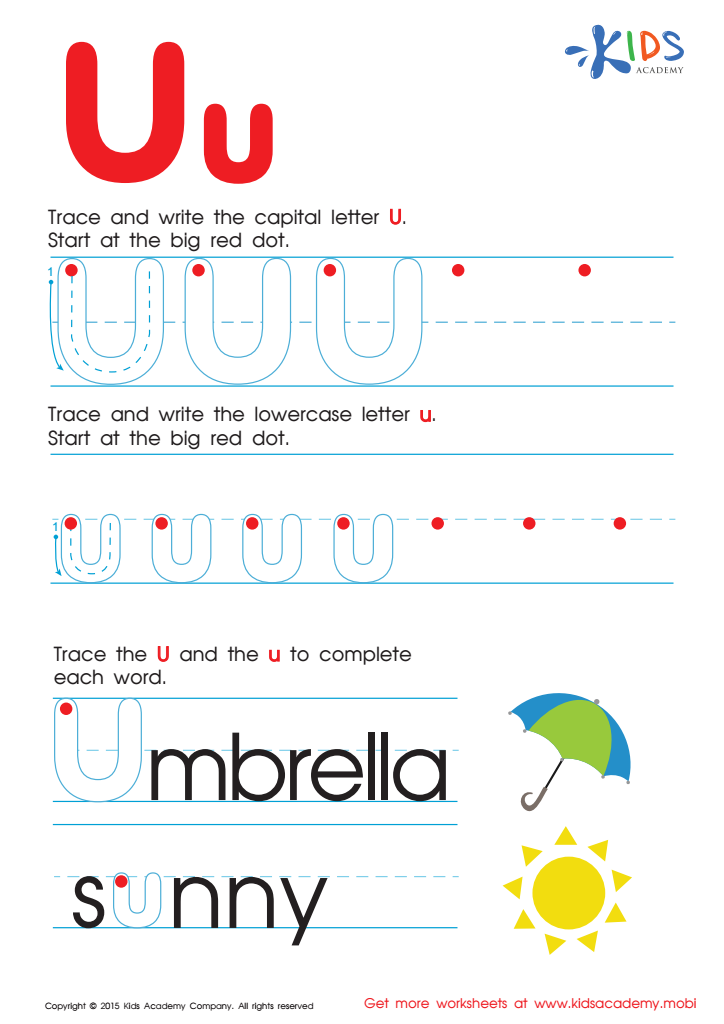

Letter U Tracing Page
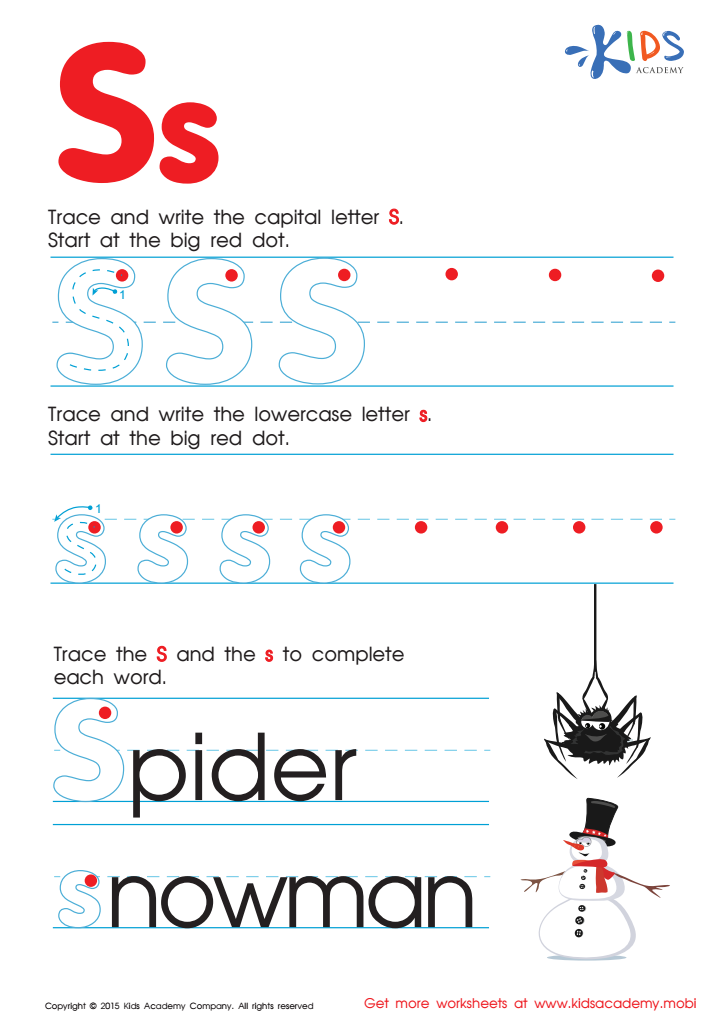

Letter S Tracing Page
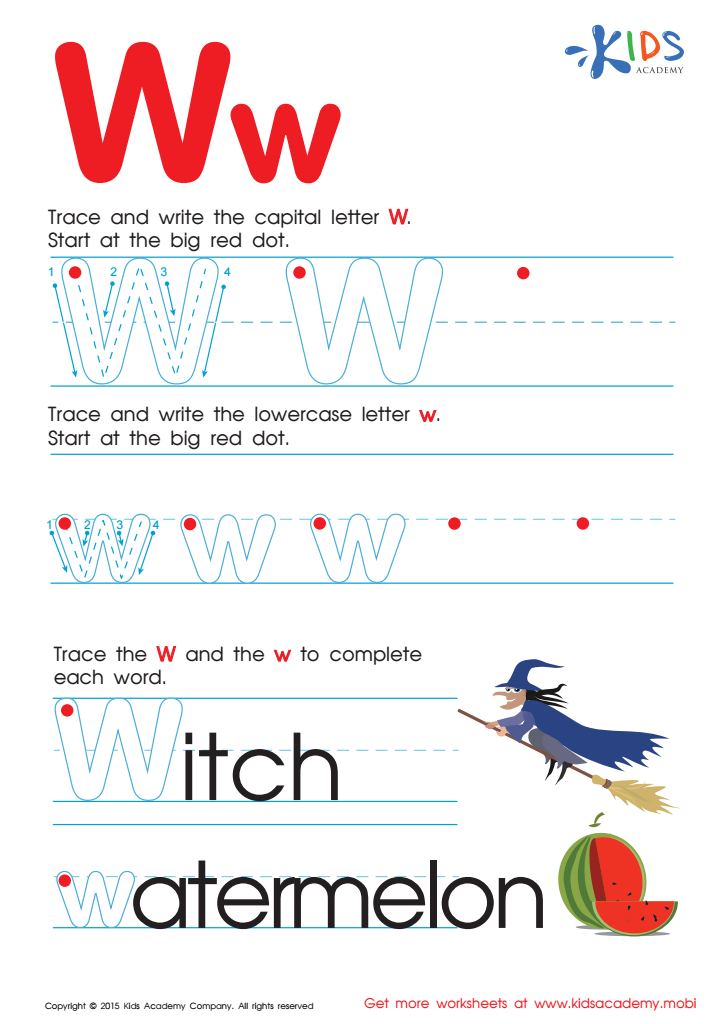

Letter W Tracing Page
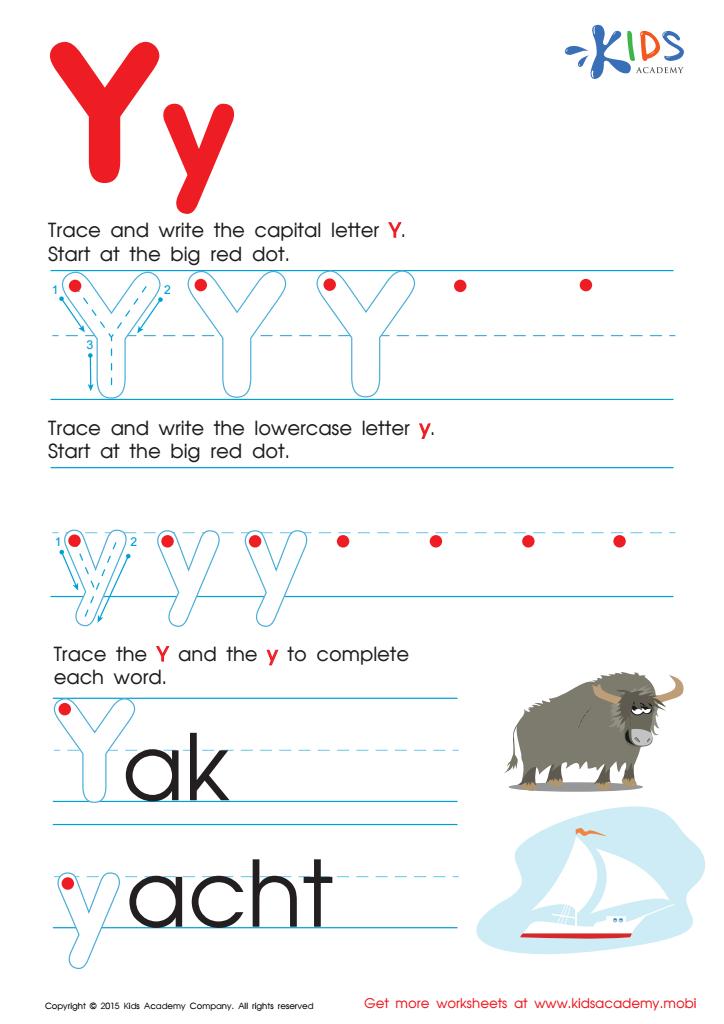

Letter Y Tracing Page
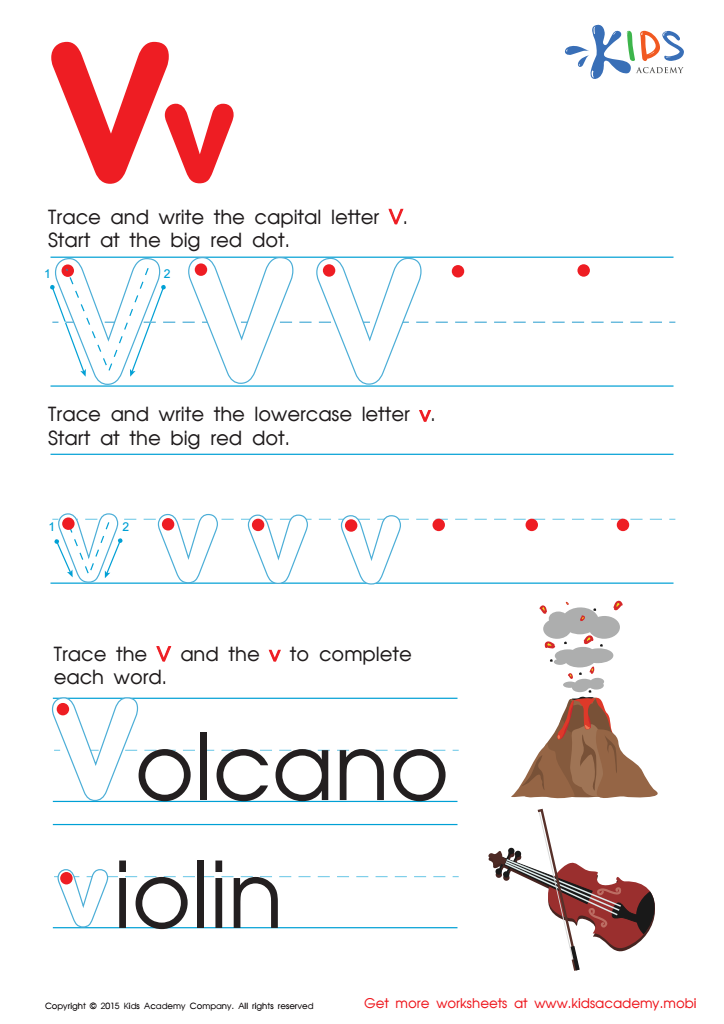

Letter V Tracing Page
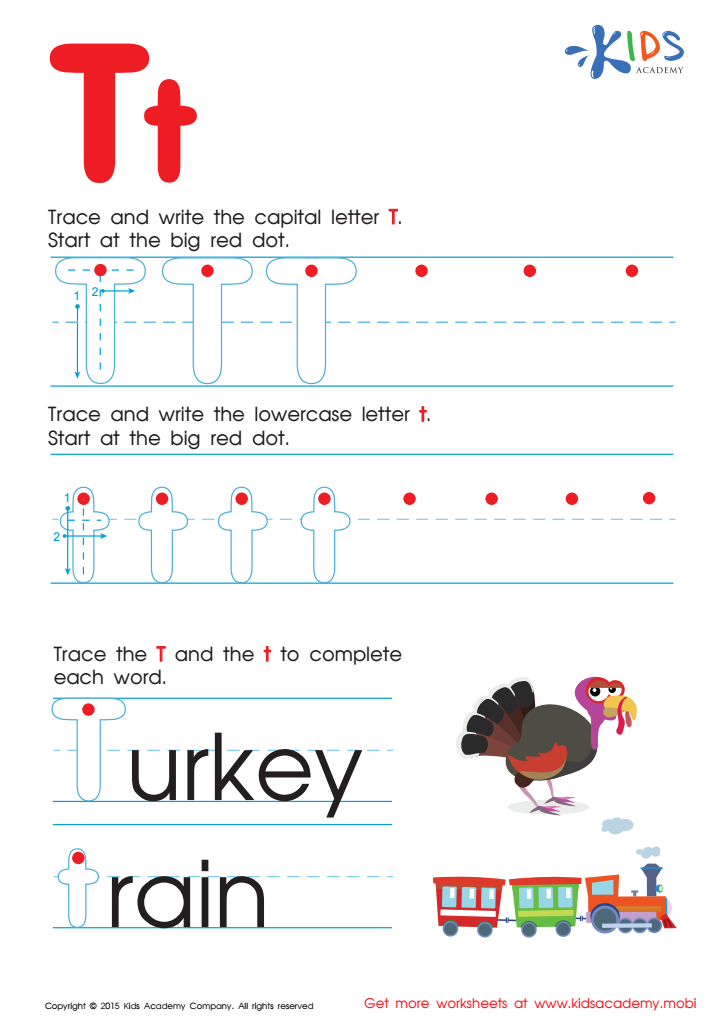

Letter T Tracing Page
Extra Challenge Tracing Letters for Ages 5-6 are an invaluable resource for young learners embarking on their literacy journey. At this critical developmental stage, children are refining their fine motor skills and beginning to understand the alphabet's foundational role in reading and writing. The Extra Challenge Tracing Letters worksheets cater perfectly to this age group, offering a structured yet engaging approach to letter formation and recognition.
These worksheets go beyond mere repetition, presenting challenges that stimulate a child's curiosity and encourage a deeper understanding of each letter's unique shape and sound. For children aged 5 to 6, mastering the art of tracing letters is not just about following lines; it's about building the confidence and skills needed for independent writing. The Extra Challenge Tracing Letters worksheets are thoughtfully designed to guide children through this process, with varying levels of difficulty to ensure that every child finds the right balance of support and challenge.
Incorporating the Extra Challenge Tracing Letters worksheets into a child's learning routine supports a holistic approach to literacy development. These worksheets not only enhance hand-eye coordination and fine motor skills but also foster an early love for reading and writing. By engaging with these activities, children aged 5 to 6 are better prepared for the academic challenges ahead, equipped with a strong foundation in letter familiarity and penmanship.
 Assign to the classroom
Assign to the classroom

